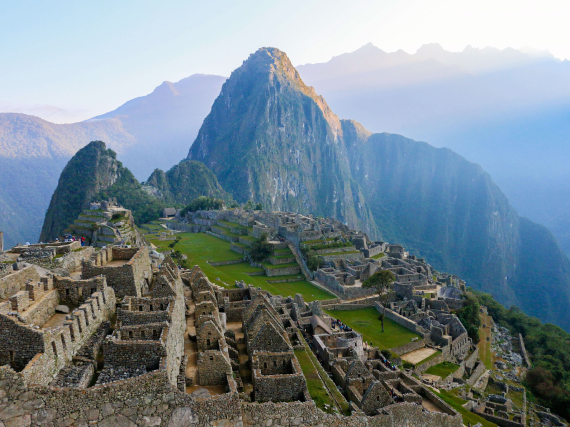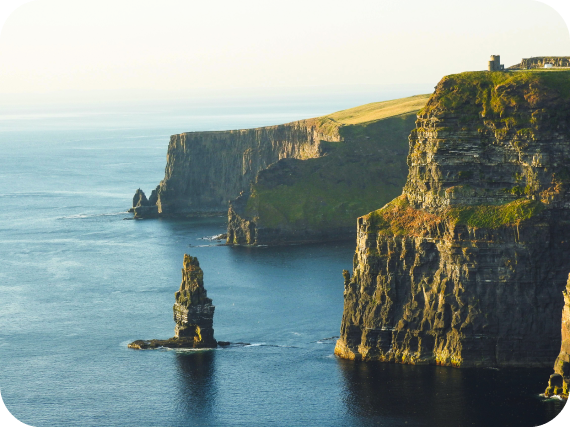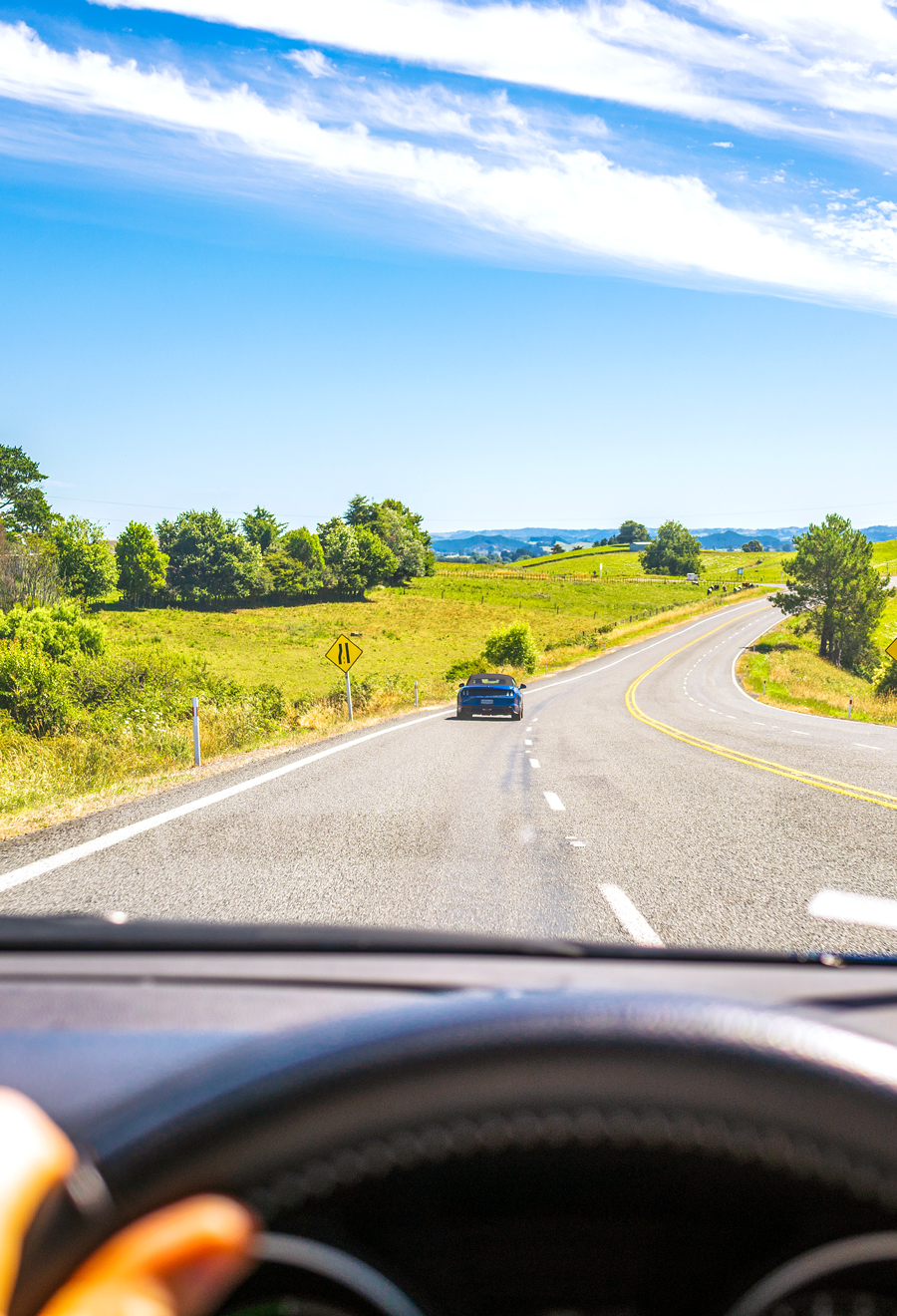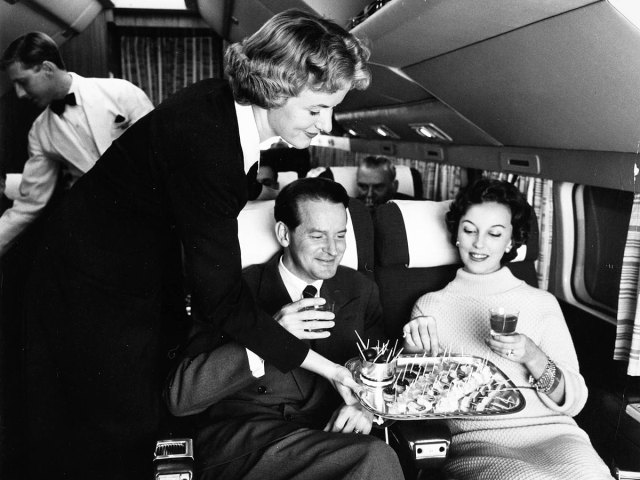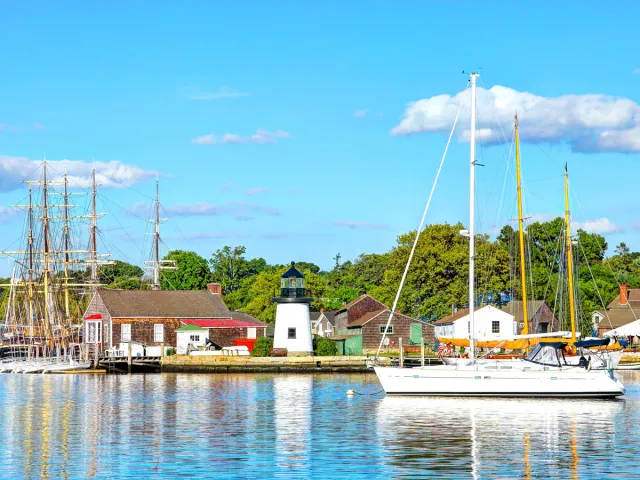Before you rent a car and hit the road in a foreign country, it’s essential to brush up on local driving laws and customs. Of course, that starts with which side of the road locals drive on. According to Statista, 174 countries around the world mandate driving on the right-hand side of the road, while 78 officially keep to the left. If you’re from the U.S., chances are you’re probably not very used to driving on the left, so here’s a primer on the major countries that follow this practice (and why).
Why Do Some Countries Drive on the Left?

No one knows for sure how choosing to drive on the right side of the road (or the left) became common practice, but some historians theorize that driving on the left side was a natural progression for those who had once ridden horses. Keeping to the left of a path would have enabled the rider to easily draw a sword with the right hand — usually the most dexterous — to ward off an attack.
Conversely, in places where large wagons were commonly used as transportation, it would have been easier to hold the reins with the left hand — leaving the whip hand free to control the horses. Sitting on the left side of the cart also made it easier to reach across the buggy, so keeping to the right side of the road meant that the driver was in the best position to ensure that the wheels on the wagon didn’t clash when another wagon approached
While we don’t know for sure how driving conventions differed over time, the current driving preferences across the world are easier to understand.
Europe
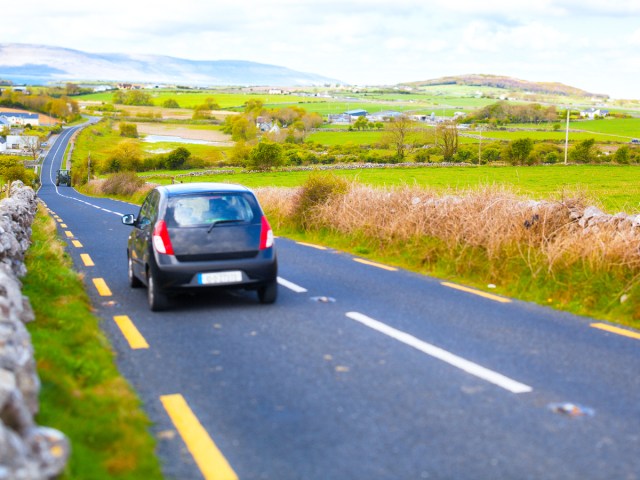
Only four countries in Europe drive on the left side of the road, and they are all islands: the United Kingdom, Ireland, Malta, and Cyprus.
At the height of the British Empire, the U.K. began to influence driving standards in other parts of the world. The custom of driving on the left in England was encouraged by the General Turnpike Act passed in 1773, though technically it was only a recommendation until the Highway Act of 1835 officially enforced the practice. Of course, there was far less traffic on the roads in those days, so this ambiguity didn’t cause the chaos you might expect.
Interestingly, there’s a road in the heart of central London that does favor the right side of the road: Savoy Court, a private road leading to the Savoy Hotel, maintains this unusual practice. It enables taxis to drop off passengers at the adjacent theater and then move on to pick up their next fare without blocking access to the hotel.
After the construction of the Channel Tunnel connecting England to France, some speculated that Britain would switch sides to align with mainland Europe. After all, that’s exactly what Sweden did in 1967 and Iceland too, a year later. However, there’s never been sufficient popular support to follow suit.
However, the British Overseas Territory of Gibraltar switched to driving on the right side of the road in 1929. Since Gibraltar shares a land border with Spain, officials felt the change would improve road safety.
The Americas and the Caribbean
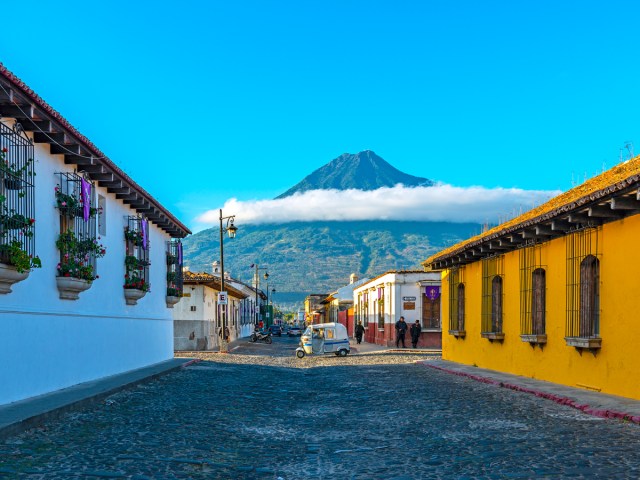
Interestingly, Brazil was actually once a split country when it came to its roads — some citizens drove on the left side and some drove on the right. But when Portugal began driving on the right side in 1928, the South American country followed suit, and all remaining regions switched sides, too.
In Central America, British Honduras (which later became Belize) drove on the left side until 1961, 20 years before it gained its independence. The construction of the Pan-American Highway — the world’s longest road — significantly increased traffic within Central America. Though the highway bypassed Belize, it was still a prudent move for the country to fall in line with its neighbors and adopt driving on the right.
Today, only two nations in South America drive on the left: Suriname and Guyana. Geography, as well as politics, may help explain this.
Guyana was also a British colony and followed convention. There is little cross-border traffic with Guyana’s western neighbor, Venezuela, so it didn’t matter quite so much that the two countries adopted different systems.
Guyana’s eastern border is with Suriname, which also drives on the left. Suriname’s border with right-favoring French Guiana is formed by major rivers, so cross-border driving isn’t much of an option there, either.
Then, there are a number of countries in the Caribbean that prefer to drive on the left. Among them are Anguilla, Antigua and Barbuda, the British Virgin Islands, Barbados, Dominica, Grenada, the Cayman Islands, Jamaica, St. Kitts and Nevis, St. Lucia, St. Vincent and the Grenadines, and Trinidad and Tobago. All of these island nations used to be part of the British Empire and retained the practice of driving on the left when they gained independence.
Particular care is required when driving in the U.S. Virgin Islands. The territory is the only part of the United States that officially drives on the left. The U.S. acquired the islands from Denmark in 1917 and it was thought best to keep the status quo. However, many vehicles today are imported from the U.S. and feature the driver’s seat on the left side. That can make things a little tricky for visiting drivers who might be disconcerted by sitting in their usual seat while they are driving on the “wrong” side of the road.
Africa
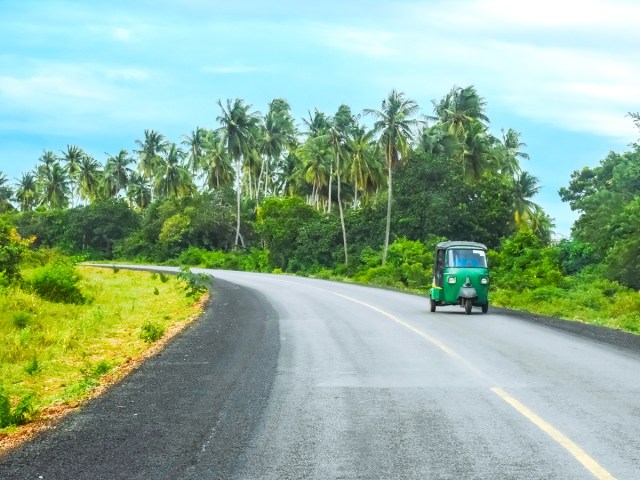
Prior to gaining independence from Britain, many countries in West Africa also drove on the left side of the road. But driving began to get confusing, since some British-controlled nations shared land borders with French colonies that drove on the opposite side of the road.
To facilitate cross-border traffic and the import of vehicles, countries such as Ghana, Nigeria, Sierra Leone, and the Gambia made the decision to follow other countries in the region and drive on the right side.
However, the converse is true in East Africa. If you travel to former British colonies, such as Kenya, Tanzania, and Uganda, you’ll find traffic sticks to the left-hand side of the road. The same can be said of Zambia, Zimbabwe, and South Africa. Neighboring Rwanda and Burundi currently drive on the right side, but to simplify matters at the border, their governments are considering making a switch.
Sometimes, anomalies occur. Countries such as Angola, Cabo Verde, Guinea-Bissau, and São Tomé and Príncipe, then under Portuguese rule, had to follow the European country’s lead when Portugal changed driving sides in 1928.
But a few of Portugal’s overseas territories were granted an exemption. Mozambique is one of them. To this day, the African nation remains resolutely in the left camp and shows no sign of changing its ways, as the countries surrounding it all drive on the left side, too.
Oceania

As a result of British influence, both Australia and New Zealand drive on the left side as well. In 1770, Captain James Cook claimed the eastern portion of the continent and named it New South Wales. Australia became independent in 1901 but retained close ties to Great Britain.
Cook landed in New Zealand in 1769. Though the first European immigrants crossed the Tasman Sea from Australia, subsequent travelers sailing directly from Britain and Ireland formed the bulk of incomers drawn by the promise of land and gold in the 19th century. New Zealanders remained British citizens until 1948, though they’d been self-governing since 1853.
The trend continues across the South Pacific. For instance, the island nations of Tuvalu, Tonga, Kiribati (all former British protectorates), and Fiji (once a British colony) also drive on the left side as a result of this historic connection.
Interestingly, the Pacific island of Samoa switched sides in 2009 — becoming the first country in many years to do so. Citizens of the island nation now drive on the left. The decision was influenced by the diaspora of roughly 170,000 Samoans who now live in Australia and New Zealand.
Simple economics also played a part in the government’s decision. It’s cheaper for Samoa to import cars from its Australian neighbors than from more distant countries like the United States. The actual change took place over a two-day national holiday in the hope that there’d be less traffic on the roads, while a three-day ban on alcohol sales was also enforced to minimize the risk of accidents.
Asia
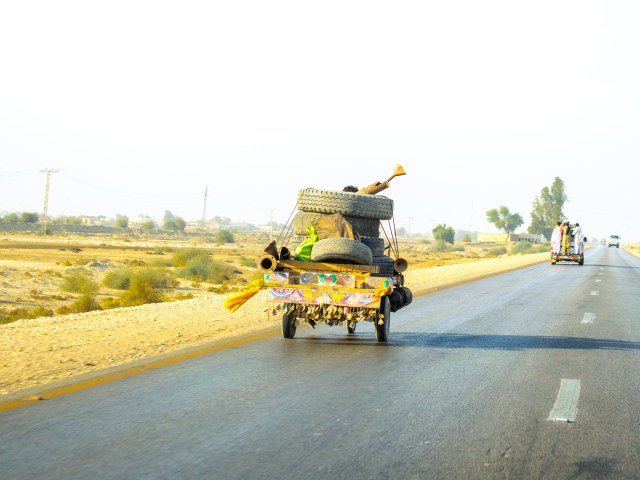
British influence can also explain left-side driving in India, Pakistan, Bangladesh, Nepal, and Sri Lanka.
Hong Kong, a special administrative region (SAR) of China since 1997, drives on the left, as it did when overseen by the U.K. That is likely to be the case until at least 2047, under the terms of the handover (known as the Basic Law), which require no significant change be made to the way of life in Hong Kong.
Macau, also a special administrative region of China, is another anomaly. The former Portuguese colony was an exception (as with Mozambique) to the 1928 shift to driving on the right. Drivers in Macau continue to drive on the left side of the road. China, however, drives on the right, so crossing the border requires considerable concentration on the part of drivers as they navigate specially designed interchanges built to ensure the traffic keeps flowing.
But what about Japan, which drives on the left, but was never part of the British Empire?
Japanese citizens have habitually driven on the left side of the road for centuries. In 1872, the British provided technical support as Japan built their first railway. As the network expanded, trains kept to the left, and it was a natural progression to extend that concept to road traffic. Driving on the left side of the road officially became law in 1924.
However, there was one interesting — if only temporary — exception. After World War II, the Japanese prefecture of Okinawa was administered by the United States for a time and began driving on the right. In 1978, the island reverted to the left side to align with the rest of Japan.
Incidentally, the Thai government also toyed with the idea of switching to right-hand side traffic in 2013. The country hoped to align with bordering nations that were part of the Association of Southeast Asian Nations (ASEAN), such as Laos and Cambodia. Although the government proposed making the switch by 2014, Thailand still drives on the left side, as do Malaysia and Singapore.
More from our network
Daily Passport is part of Inbox Studio, which publishes content that uplifts, informs, and inspires.

